What varieties of Brazilian coffee beans do you recommend? Yield, flavor and taste characteristics of Brazilian boutique coffee beans
Brazilian coffee is mostly planted on low-altitude flat land in the form of exposure. The lack of microclimate, coupled with batch harvest treatment, makes the coffee with low acidity and mellow nut and chocolate flavor, which is widely used in the formula of Italian coffee. Perhaps some friends think that the flavor of this kind of Brazilian coffee is too monotonous, and most of it belongs to commercial grade. In fact, Brazil also has high-quality coffee of high quality, such as the "Brazilian Queen's Manor Coffee beans" baked in Qianjie Street, and the yellow bourbon variety with excellent flavor. It is a Brazilian coffee with a very good performance-to-price ratio.
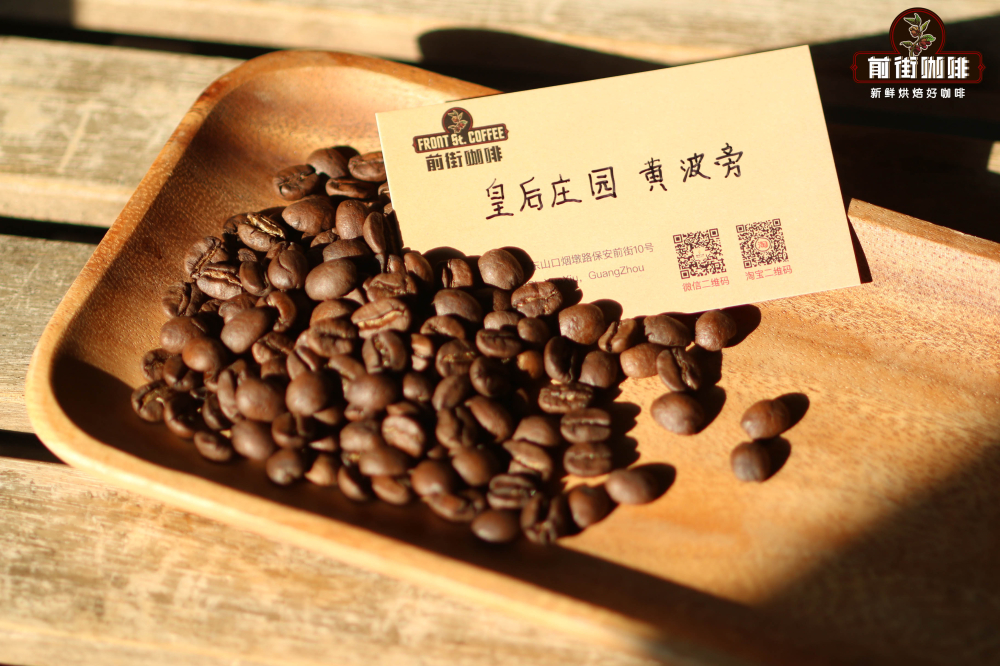
Front Street Coffee Brazilian Queen Manor Coffee beans
Producing area: Mojiana producing area, Brazil
Manor: Queen's Manor
Altitude: 1400-1950m
Variety: yellow bourbon
Treatment: sun treatment
Flavor: dark chocolate, cream, peanuts, sugar cane, nuts
The Queen's Manor is located in Mogiana, the Morgiana producing area of S ã o Paulo, near the south of Minas, and is ranked as the three major boutique producing areas in Brazil along with the Herado producing area and South Minas. Unlike the average Brazilian coffee bean, Mojiana has an altitude of 1100 to 1250 meters above sea level and is much higher than other parts of Sao Paulo. The difference in altitude makes the temperature difference bigger and the coffee is of higher quality. At the same time, due to the continuous ups and downs of the landform, the Queen's Manor mostly picks fresh coffee fruits by hand, mainly exporting bourbon varieties of boutique coffee. Among them, Huang bourbon, which has exquisite flavor, has won a number of top places for the Queen's Manor in many coffee competitions.
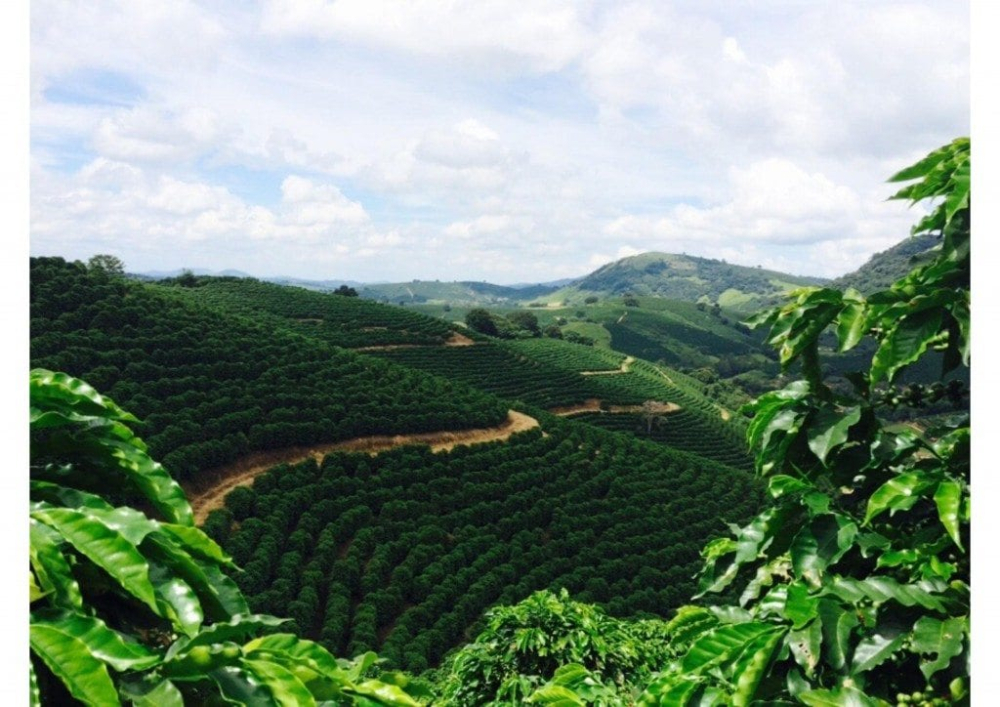
The yellow bourbon is a variety of bourbon grown in Brazil. From flowering to ripening, the common bourbon changes gradually from green to yellowish, red, and finally to a fully mature crimson, so it is called red bourbon. The daily Brazilian rations in Qianjie are selected from the traditional red bourbon and baked with chocolate and peanut flavor.
The yellow bourbon, which was found in 1930, did not show cherry red but orange in the ripening stage. Later, after the study of the Campinas Institute of Agronomy (IAC), it was found that plants with dominant XcXc gene pairs produced red berries, plants with recessive xcxc gene pairs produced yellow berries, and in rare cases, plants with one dominant gene and another recessive Xcxc plant produced orange berries. Therefore, the "yellow" of yellow bourbon is due to the genetic selectivity of color. Yellow bourbon, planted at high altitude, will contain a lot of fructose, which can show a sweet and juicy flavor. It has swept the Brazilian "extraordinary Cup" competition for two consecutive years, almost winning the top three prizes and sweeping the boutique coffee industry!
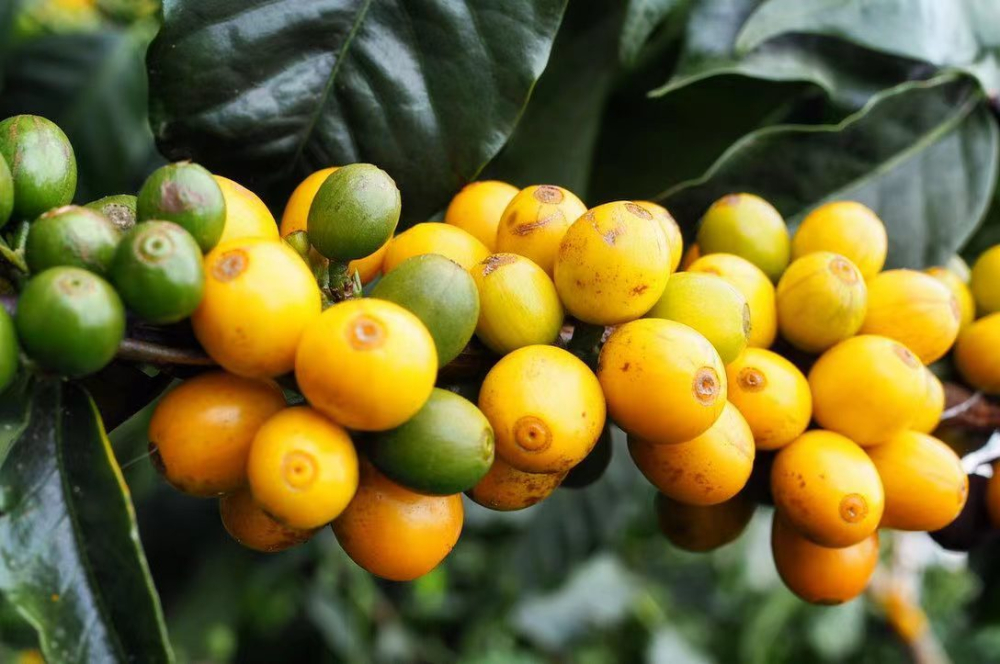
The Queen's Manor picks the ripe yellow bourbon coffee fruit and uses the sun treatment to make the coffee fruit absorb more sweetness in the drying process. Brazil is located near the equator, because the harvest season happens to be in the dry season, coffee fruit is very suitable for direct drying through the sun.
However, the traditional "exposure method" process is very rough, directly to the sun on the mud after picking, the coffee produced is easy to mix with the smell of soil, uneven heating will produce the negative smell of over-fermentation. The Queen's Manor first pours the coffee fruit into the sink, removes the undermature fruit by flotation, and then turns the coffee in small batches on a more breathable African viaduct, turning irregularly, thus avoiding the smell of soil and excessive fermentation. its sweetness is also higher than the traditional solarization method.
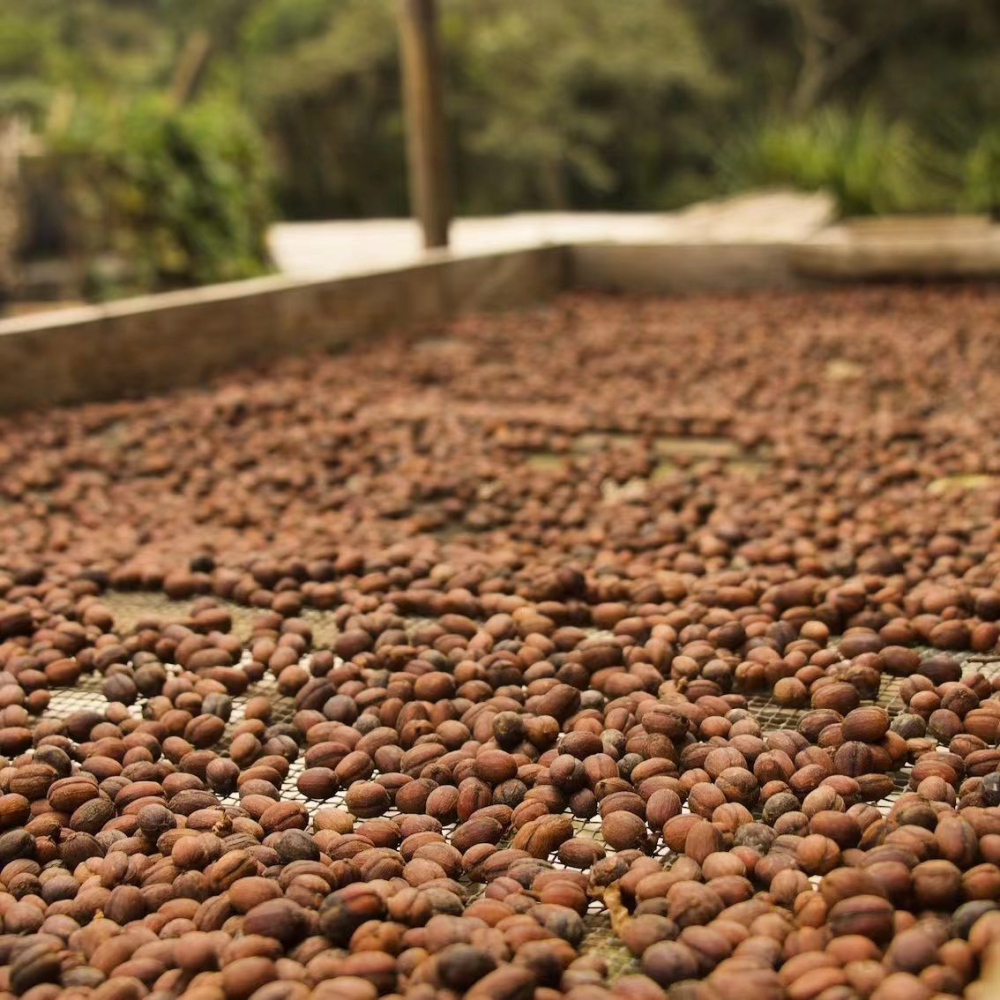
On baking, Qianjie hopes to highlight the classic Brazilian flavor of Queen's Manor, that is, low acidity and mellow flavor, so Qianjie uses medium-depth baking. Through the cup test, Qianjie tasted the sweetness of this queen's manor, so three-stage water injection was used in brewing, hoping to show more layers of coffee.
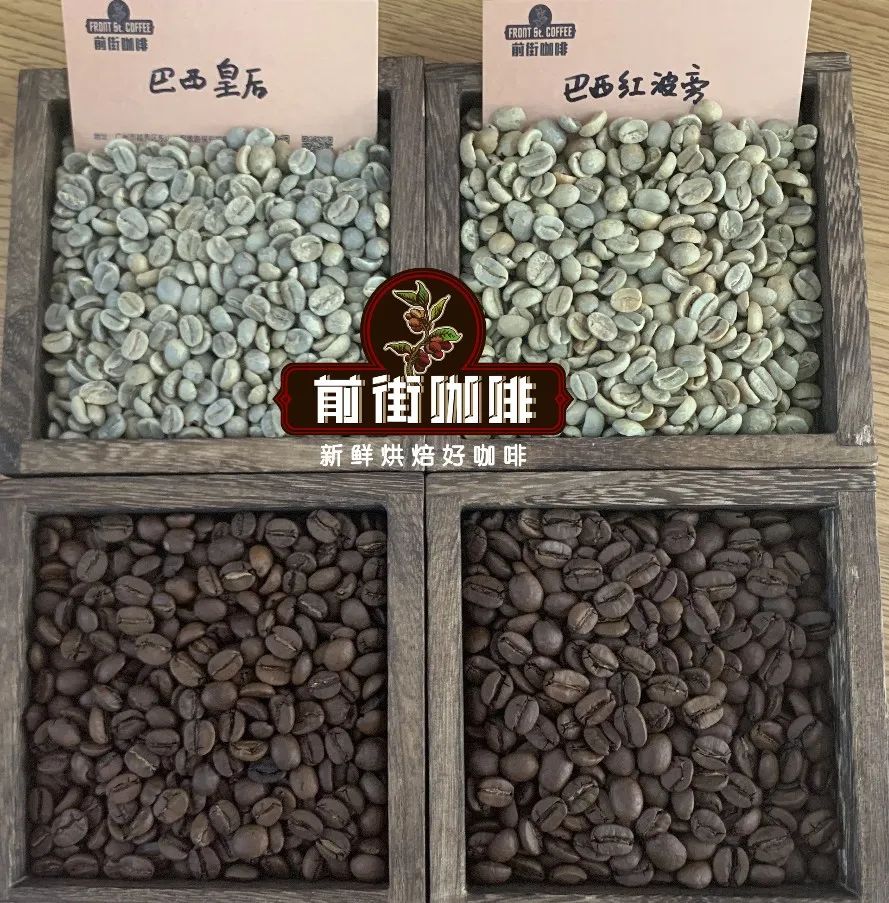
Since coffee beans enter the best taste period 4-7 days after roasting, after this time (about a month and a half after roasting) the aroma of the coffee may have been lost and some wood flavor has been formed. In order to avoid this situation, Qianjie has been mentioned in many articles. The most important thing is that Qianjie only delivers freshly roasted coffee beans within 5 days, so that people can taste coffee with good flavor.
Filter cup: medium and deep roasted coffee beans mainly show a mellow and round taste, in view of this characteristic, Qianjie will choose the slower flow rate KONO filter cup for extraction. The upper part of the KONO is a smooth surface and the bottom is a 1/3-long diversion rib. It can make the filter paper fit better with the filter cup, limiting the air flow up, and the hot water can only flow down, forming the effect of siphon extraction, so that the aroma substances of coffee powder can be released more fully.

Moderately roasted coffee changes the internal structure of beans to a great extent, becomes loose, and the ground coffee powder is more absorbent. If the brewing parameters are not adjusted properly, the coffee will be more bitter than the extract. If you want coffee to have enough aroma but not extract, it is necessary to reduce the extraction rate. Qianjie will use low water temperature and coarse grinding degree to reduce the release of bitter macromolecules from coffee. Coffee powder will absorb about twice as much water as it does. 15 grams of coffee powder is usually used in Qianjie. It is extracted according to the ratio of 1:15 to water, and finally the coffee liquid close to 200ml is extracted, that is, 1 to 2 servings of coffee.
Filter cup: KONO filter cup
Water temperature: 87: 88 ℃
Amount of powder: 15g
Powder / water ratio: 1:15
Degree of grinding: medium degree of grinding (Chinese standard No. 20 screen pass rate 70%)
Moisten the powder bed with twice as much water as coffee powder to form a drum and steam for 30 seconds, then fill the small water circle from inside to outside to 125 g, wait for the powder bed to drop to half of the filter cup, and continue to pour the same fine water into the third section to 225 g, until all the coffee liquid has been filtered and the filter cup has been removed for about 2 minutes.
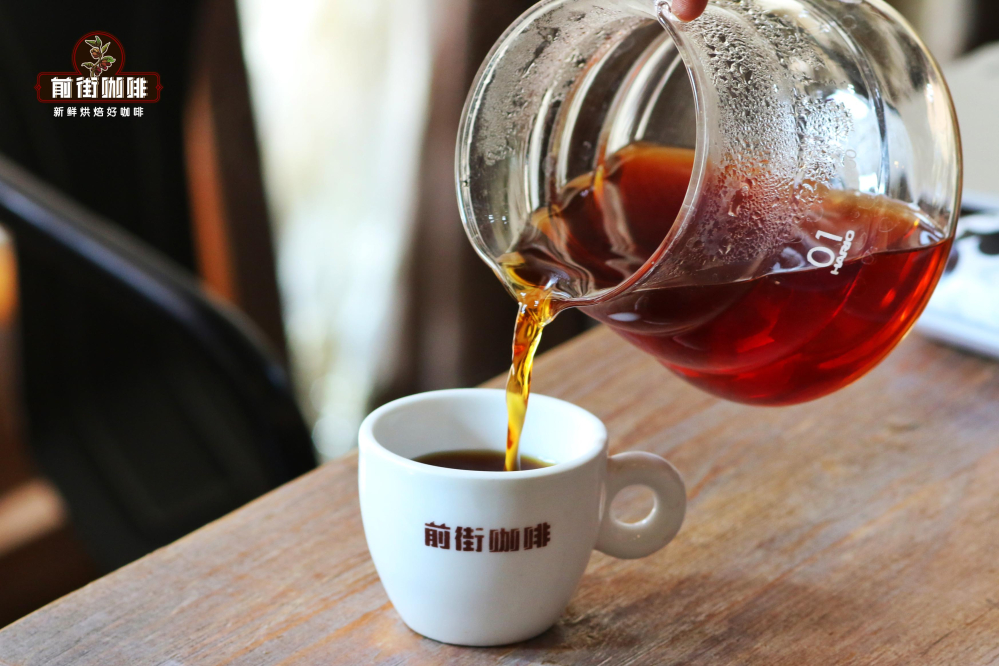
Hand-made Brazilian Queen's Manor coffee smells of lemon, nuts and peanuts, with very mellow flavors of nuts, dark chocolate and caramel, obviously sweet, smooth and round as a whole.
Professional coffee knowledge exchange more coffee bean information please follow the coffee workshop (Wechat official account cafe_style)
For more boutique coffee beans, please add private Qianjie coffee on Wechat. WeChat account: qjcoffeex
Important Notice :
前街咖啡 FrontStreet Coffee has moved to new addredd:
FrontStreet Coffee Address: 315,Donghua East Road,GuangZhou
Tel:020 38364473
- Prev
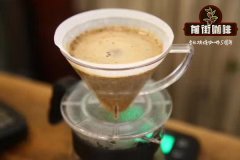
Yega Snow Fruit Tintin Farmer in Ethiopia: the quality and Flavor of Hepia G1 Solar
For more information on coffee beans, please follow the Coffee Workshop (Wechat official account cafe_style) Guotingding Cooperative, located in the Waka producing area at the southeast end of Yega Sheffield, which was originally part of the Waka Cooperative of YCFCU of the Yega Sheffei Alliance. But later, with the pursuit of traceability of raw coffee beans, independent "single producing areas" were completed.
- Next
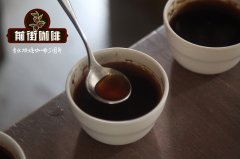
History of coffee bean growing areas in Brazil, a big coffee producing country in the world, the characteristics of Brazilian coffee beans taste
Professional coffee knowledge exchange more coffee bean information Please pay attention to Coffee Workshop (Wechat official account cafe_style) Coffee cafezinho is Brazil's favorite small cup of strong black coffee. In Brazil, buying you a cup of coffee is a habit and an important etiquette for hospitality, just like Chinese tea. Brazil is the largest coffee producer in the world and is known as the coffee kingdom.
Related
- Detailed explanation of Jadeite planting Land in Panamanian Jadeite Manor introduction to the grading system of Jadeite competitive bidding, Red bid, Green bid and Rose Summer
- Story of Coffee planting in Brenka region of Costa Rica Stonehenge Manor anaerobic heavy honey treatment of flavor mouth
- What's on the barrel of Blue Mountain Coffee beans?
- Can American coffee also pull flowers? How to use hot American style to pull out a good-looking pattern?
- Can you make a cold extract with coffee beans? What is the right proportion for cold-extracted coffee formula?
- Indonesian PWN Gold Mandrine Coffee Origin Features Flavor How to Chong? Mandolin coffee is American.
- A brief introduction to the flavor characteristics of Brazilian yellow bourbon coffee beans
- What is the effect of different water quality on the flavor of cold-extracted coffee? What kind of water is best for brewing coffee?
- Why do you think of Rose Summer whenever you mention Panamanian coffee?
- Introduction to the characteristics of authentic blue mountain coffee bean producing areas? What is the CIB Coffee Authority in Jamaica?

